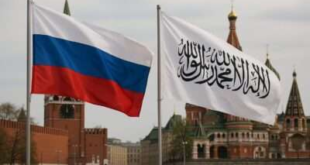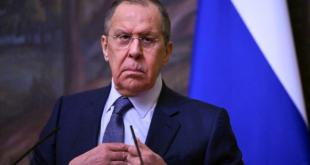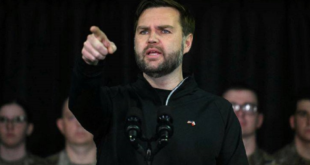The young army will be dependent for years to come as it develops several branches, perhaps the most difficult being the air force
COVERED in dust and sweating in the unforgiving midday heat, Afghan soldier Rahimullah and his fellow troopers practise shooting at a wooden dummy at a military training ground in Kabul.
Rahimullah, a skinny man in his late 20s, is completing his last day of a programme he started about three months ago at the US-funded Kabul Military Training Centre (KMTC). His high-intensity course has consisted of strenuous drills overseen by Western instructors covering weapons use, tracking an enemy and evacuating a fallen comrade from the battlefield.
“It has been very difficult to train every day from early morning to late day. But you’ve to do it,†he said, adding: “I joined the army to defend my country.†With the three-month crash course in warfare under their belts, Rahimullah’s class of about 800 soldiers will soon be on remote frontlines where men trained just like they were are already fighting a bloody Taliban-led insurgency.
“They will be deployed across the country,†one of the top Afghan commanders at KMTC, Colonel Mohammad Amin Wahidi, told AFP. They will also be the newest members of an army that had to be built from the ground up, and on which rests the hopes for the future security of volatile Afghanistan. When a US-led invasion drove out the Taliban in late 2001, no real army, air force or police remained in this vast nation of between 25 and 30 million people.
The civil war that preceded the Taliban’s 1996 takeover had destroyed an army that the Soviet-backed communist occupiers of the 1980s had inherited and expanded to a reported 200,000 soldiers, including a proud air force. Today, as the international community struggles to help rebuild Afghanistan, the new Afghan National Army numbers over 50,000.
Kabul and its partners on which it depends for money and military support agreed in 2001 that the force should reach 70,000 – including a 4,000-strong air force – by the end of next year. This plan is on track, defence ministry spokesman General Mohammad Zahir Azimi told AFP. But this number will not be enough to allow the Afghans to tackle a growing Taliban insurgency without help, he said.
“When the international community decided on the 70,000 figure, they were not predicting the situation would turn as bad as it is now,†Azimi said, adding the future Afghan army should be at least double the planned size. Insurgency-linked violence has jumped every passing year since 2001 and has claimed more than 5,000 lives this year alone, according to an AFP count – though most of the dead have been rebels. Last year’s toll was about 4,000.
“As we were growing, the Taliban were also growing,†Azimi said, accusing “foreign elementsâ€, of helping the Islamic rebels, who may have as many as several thousand fighters. “We are 100 percent reliant on foreign forces,†the spokesman said. He predicts the young army will be dependent for years to come as it develops several branches, perhaps the most difficult being the air force, for which he said the United States has promised 200 planes including fighter jets.
The NATO and US-led forces – which together have about 55,000 soldiers here – are keen to hand security responsibilities to the Afghans as soon as possible, some hoping by 2011. For many of the around 40 contributing nations, their presence is politically sensitive and seen as costly – financially and in terms of human life with every foreign soldier killed feeding concern at home.
NATO believes security is “ultimately going to be provided by the people and the institutions of Afghanistan, not exclusively or solely by international forces,†spokesman Nicolas Lunt said at a recent press conference. “I don’t know how many times we, the internationals, need to say this to be heard and understood,†he said.
Building the army to a certain strength does not mean it will have the capability to conduct operations independently, General Dan McNeill, the top international commander in Afghanistan, said last week. “As early as next year we may see certain Afghan units that look fairly independent,†he told AFP. “I think it will come in increments. I wouldn’t offer a guess as to how many years it will take.â€
Azimi says: “We have got new weapons, new vehicles and artillery and mortars. That helps us to build the army’s capacity. “But the problem is with the numbers.†A few years ago, nearly a third of recruits were deserting, but this has changed after huge injections of US cash boosted the monthly pay for a foot soldier to 100 dollars from nearly 60, said Wahidi.
“Back in 2004 and 2005 the desertion rate was very high, sometimes up to 20, 30 percent. But now it’s between five and 10 percent,†the KMTC commander said. Back at the training ground, the new soldiers are looking beyond graduation. “I haven’t fought before,†said Noor Mohammad, aged about 30. When asked if he was scared of Taliban rebels, he stammered, “I don’t know, maybe … maybe yeah.â€
Allah Mohammad, of a similar age, said he was ready to take on the rebels. “I’m not scared, they should be scared of me,†the proud soldier said with a laugh. afp
 Eurasia Press & News
Eurasia Press & News



